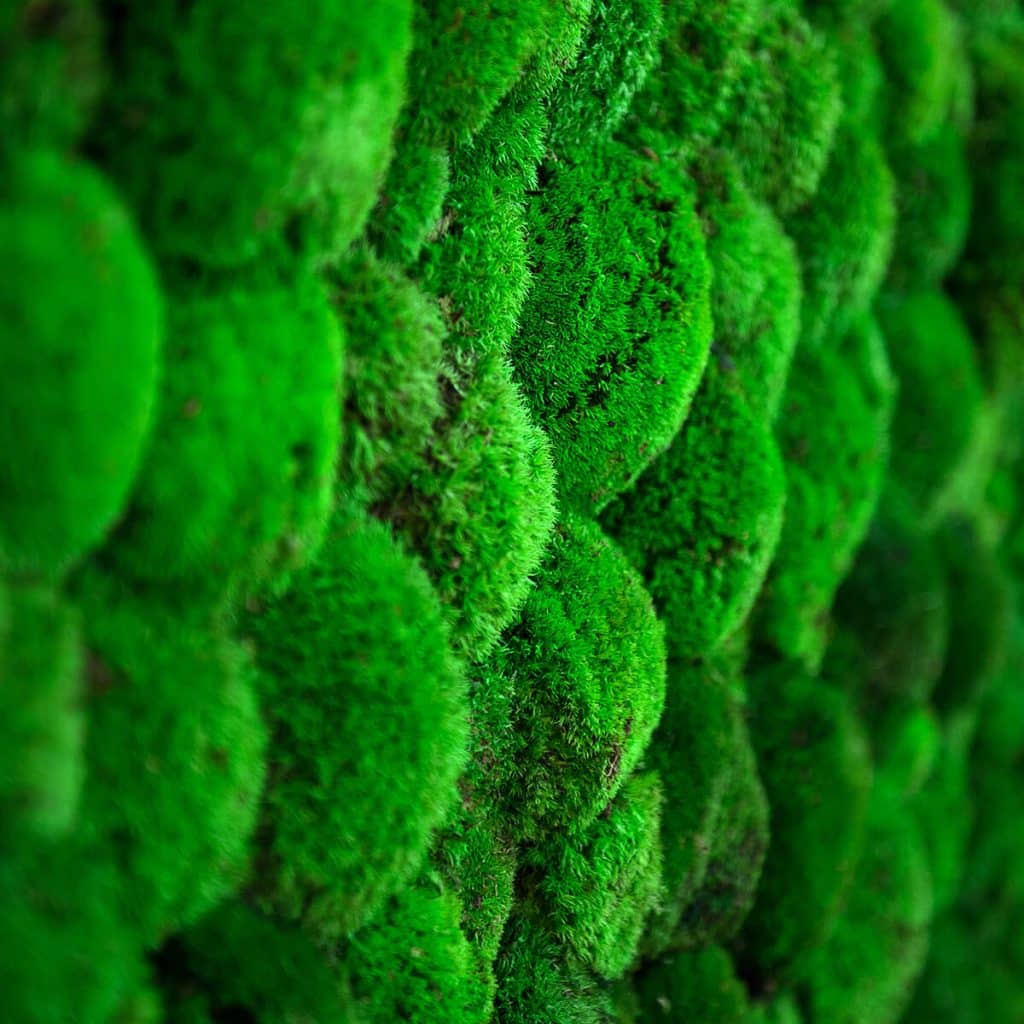What is Ball Moss?

We wax 100% natural algae carefully collected from nature from various parts of the world under their own conditions and mount them in the living spaces of our valued users with their unique designs. The moss wall has many benefits. They are multi-celled, photo-synthetic plants. There are no true roots, leaves, veins or stems. Instead of roots, there are rhizome structures that consist of multiple cells and take water and dissolved minerals in the water. Black algae are initially green in color. As the spores mature, they turn brown. It is one of the simplest plant species.
Like other green plants, it is a plant that contains chlorophyll and can produce its own food. According to their structural features, mosses are divided into leaf mosses and liver mosses. In addition, mosses are very common in terms of different species seen in temperate and tropical forests. Some mosses have adapted to desert life. They are primitive, flowering and seedless plants. It grows in moist soils, crevices, tree stumps. Since mosses are non-flowering plants, they do not have seeds to germinate and produce new plants. There are 2 different life stages as sporophyte and gametophyte stage. Spore sacs at the ends of thin stems spread around with the effect of wind as a result of cracking and germinate in moist places. As a result, a young moss plant occurs. This stage is called the gametophyte. The gametophyte generation performs most of the photosynthesis. Some gametophytes have structures called gemma bowls. These structures are the structures that separate from the mother plant and provide asexual reproduction. The following year, male and female organs develop inside the thin leaves of the moss plant. The zygote is formed as a result of the union of these male and female cells. When the zygote completes its development, it begins to spread spores to the environment. This event is constantly repeated and a new moss occurs with each renewal. This stage is called sporophyte. This kind of reproduction is called asexual reproduction.